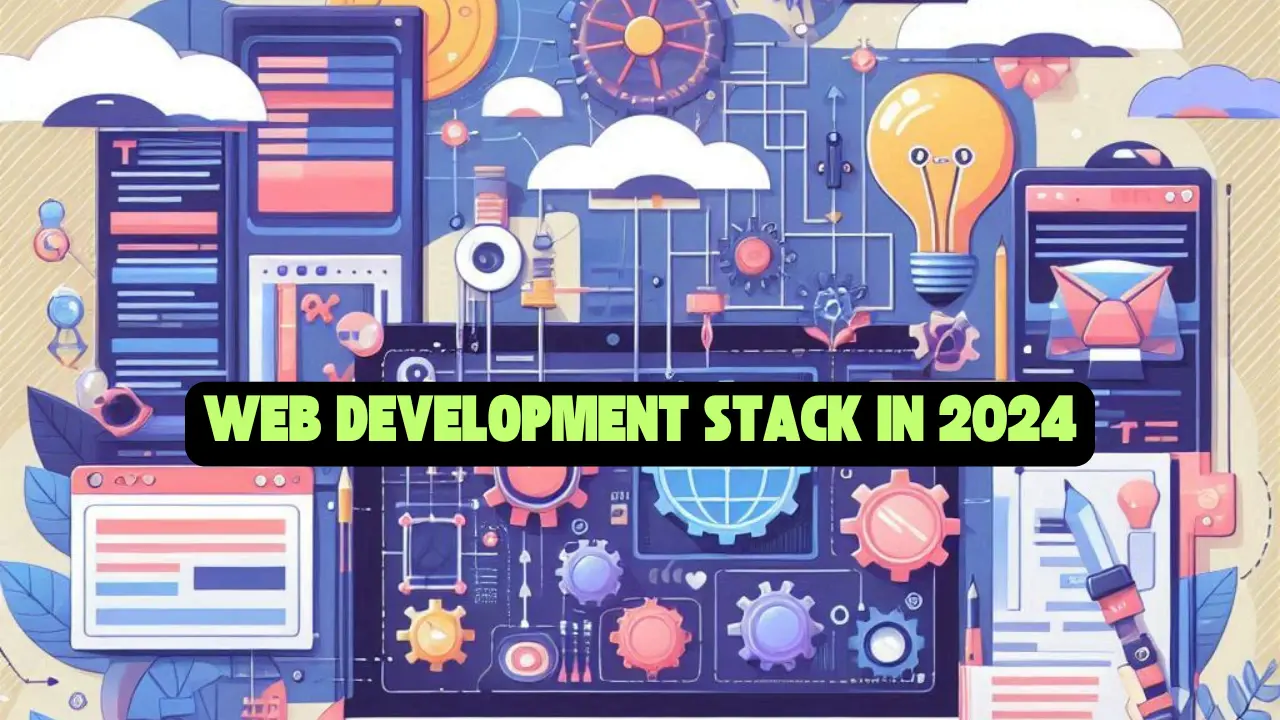When starting a web development project, one of the most critical decisions you’ll make is choosing the right technology stack. The stack you choose not only impacts how your website performs but also how scalable, secure, and easy to maintain it will be. With so many options out there, it’s easy to feel overwhelmed. In this article, we’ll break down the top web stacks, explain why developers use different combinations, and guide you on how to select the best stack for your project.
Understanding the Web Stack: What It Is and Why It Matters
A web development stack is a collection of technologies used together to develop and run a website or web application. These include the front-end, back-end, database, and server technologies. Different projects demand different stacks depending on the functionality, speed, and scalability required. Choosing the right stack can lead to a high-performing, secure, and scalable web product.
Top Web Development Stacks to Consider
There are several reliable web stacks developers use today. Here are some of the most popular ones and why they are widely adopted:
1. MEAN Stack: JavaScript from Top to Bottom
The MEAN stack is a popular choice for JavaScript developers because it uses JavaScript on both the client and server sides.
- MongoDB: A NoSQL database that stores data in a flexible, JSON-like format.
- Express.js: A minimal, fast web framework for Node.js.
- Angular: A robust front-end framework maintained by Google.
- Node.js: JavaScript runtime built for creating fast, scalable server-side applications.
Why use it? The MEAN stack is great for building dynamic, fast, and scalable applications, especially if your team is well-versed in JavaScript. It’s used by companies like PayPal, LinkedIn, and Uber.
You can learn more about it on the MEAN stack official website.
2. LAMP Stack: A Reliable Classic
The LAMP stack consists of Linux, Apache, MySQL, and PHP. This open-source stack has been around for decades and is a reliable choice for web hosting and development.
- Linux: Operating system.
- Apache: A widely-used web server.
- MySQL: Relational database.
- PHP: Server-side scripting language.
Why use it? The LAMP stack is ideal for small to medium-sized web applications, particularly for projects like content management systems (CMS) or eCommerce platforms. Popular websites like WordPress and Facebook started with this stack.
For more details on the LAMP stack, check out this guide.
3. MERN Stack: For React Developers
The MERN stack is a close cousin of the MEAN stack but swaps Angular for React, making it ideal for teams that prefer React for their front-end development.
- MongoDB
- Express.js
- React: A JavaScript library for building user interfaces, developed by Facebook.
- Node.js
Why use it? React offers greater flexibility and performance for building interactive user interfaces, making MERN perfect for single-page applications (SPAs).
Learn more about MERN on the MERN website.
4. JAMstack: Speed and Security
The JAMstack stands for JavaScript, APIs, and Markup. It’s designed for static websites and prioritizes performance, security, and scalability.
- JavaScript: For dynamic programming.
- APIs: Handle server-side functionalities.
- Markup: Pre-built static files.
Why use it? JAMstack delivers fast, secure web experiences by decoupling the front end from the server. Ideal for blogs, portfolios, or static websites that need to load quickly and rank well on search engines.
You can find more on JAMstack from their official site.
5. Django Stack: Built for Speed and Simplicity
The Django stack is a Python-based framework known for its simplicity and speed. It comes with a lot of built-in features, making it a go-to for developers looking to launch projects fast.
- Python: A versatile, easy-to-learn programming language.
- Django: High-level framework encouraging rapid development.
Why use it? The Django stack is highly scalable and comes with built-in security features, making it a solid choice for web applications that need to handle complex workflows. Sites like Instagram and Pinterest use Django.
For more on Django, visit their website.
Why Developers Choose Different Stacks
The decision to use different stacks often comes down to several factors, including the project’s needs, developer experience, and future scalability. Let’s take a look at why developers might choose one stack over another:
1. Project Type
Small projects or personal websites may not need a highly complex stack. In these cases, a lightweight option like JAMstack might be the best fit. For larger applications with heavy back-end functionality, a robust stack like MEAN or Django makes more sense.
2. Scalability Needs
If you’re building something that will need to scale quickly to support more users, you need a stack that can handle that growth. MEAN and MERN, for example, are perfect for building scalable applications because they work well with Node.js, which is great for handling large traffic loads.
3. Developer Expertise
Sometimes, the decision comes down to what the development team is familiar with. If your team is proficient in JavaScript, for instance, opting for a stack like MEAN or MERN could lead to faster, smoother development.
How to Choose the Best Web Stack for Your Project
With all the options available, it can be challenging to know which stack is best for your project. Here are some factors to keep in mind when selecting the perfect web development stack:
1. Understand Your Project Requirements
Consider the size and scope of your project. If it’s a simple website, you don’t need a full-stack framework. But if you’re building an app that will see heavy traffic or handle sensitive data, you’ll need a more robust solution.
2. Consider the Future
Your stack should be able to grow with your project. If you anticipate needing to scale up, choose a stack that supports scalability, like MERN or Django.
3. Security
If your project will handle sensitive information, choose a stack that prioritizes security. The Django stack, for instance, includes many built-in security features.
4. Performance
If speed and performance are a top priority for your project, consider a stack like JAMstack, which is known for delivering fast load times and improving search engine rankings.
5. Developer Community Support
Choose a stack with a large developer community. Having an active community means you’ll have access to regular updates, plugins, and solutions to potential problems. Stacks like LAMP and MEAN have large, well-established developer communities.
Best Technologies in Web Development
Apart from stacks, it’s also important to incorporate the right technologies to streamline your development process. Some of the best web development technologies include:
- React.js: For building dynamic user interfaces.
- Vue.js: Another popular JavaScript framework known for its simplicity.
- GraphQL: For efficient data fetching in APIs.
- Docker: Containerization technology for easy deployment.
- Webpack: A module bundler for optimizing front-end assets.
Make the Right Choice for Your Web Development Projects
Selecting the best web stack for your project can feel overwhelming, but understanding the strengths and weaknesses of different stacks can guide you toward the right choice. Whether it’s the flexibility of the MEAN stack, the reliability of LAMP, or the security of Django, each stack has its own unique advantages. Assess your project requirements, team expertise, and future scalability needs to choose the best option.
Armed with the right web stack and the best development technologies, you’re set to build a successful web application!



